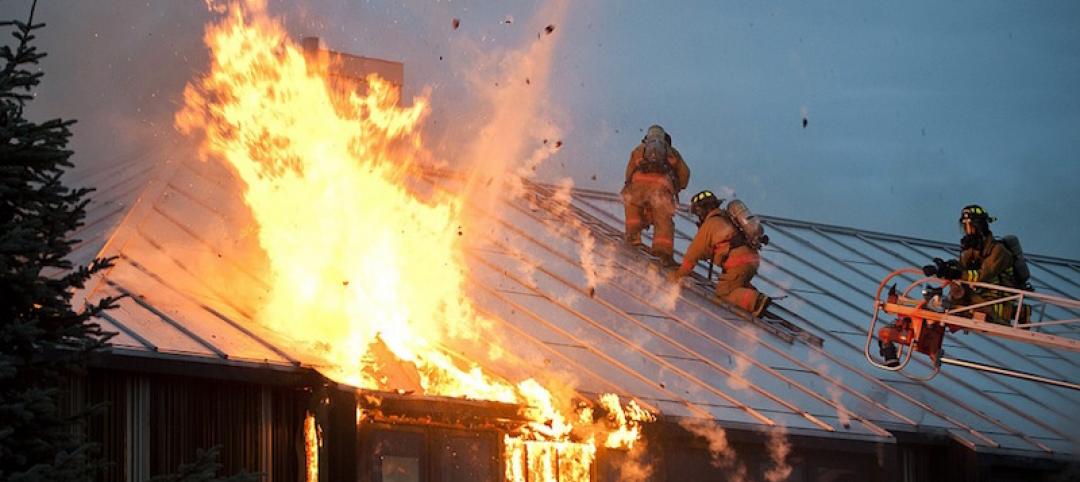Building owners have a responsibility to protect people who venture on their roofs, according to OSHA.
OSHA prescribed certain safety requirements that were introduced in January 2017. Among them are a raised warning line 15 feet from the roof edge, and a guardrail or cage around skylights.
OSHA has designated three work zones on low-slope roofs with unprotected edges that are four feet or more above a lower level. The extremely high danger zone (less than six feet from the roof’s edge) requires a protective feature such as a guardrail system, safety net system, personal fall protection systems (e.g., personal fall arrest, travel restraint, positioning system), or a 42-inch-high parapet.
Guardrails are typically installed six feet from the roof’s edge. If there is something near the edge like a condenser unit requiring periodic maintenance, then guardrails must be placed right up to the roof edge.
Related Stories
Codes and Standards | Jul 26, 2017
New ISO standard on video fire detectors will help identify fires more quickly
The standard marks the first comprehensive international specification for this equipment.
Codes and Standards | Jul 25, 2017
Geotechnical solutions prevent building distress due to expansive clay soils
The condition is the most common geologic hazard in the U.S.
Codes and Standards | Jul 24, 2017
Non-union labor gaining ground in New York City
President of contractors’ group says competitive pricing is spurring more open shops.
Codes and Standards | Jul 20, 2017
New tallest tower west of the Mississippi built to stringent seismic standards
L.A.’s new 1,100-foot skyscraper dominates city’s skyline.
Codes and Standards | Jul 20, 2017
Chicago rises to the top of U.S. cities in percentage of LEED or Energy Star office buildings
Certified office buildings reach 66% in windy city.
Codes and Standards | Jul 19, 2017
Economic impacts of climate change will jump over next two decades
Average annual cost to buildings and infrastructure from eastern storms to rise by $7.3 billion.
Codes and Standards | Jul 18, 2017
Energy modeling yields accuracy within 4%, says new study
Results of the study support the usefulness of the practice.
Codes and Standards | Jul 13, 2017
Net Zero Energy rebranded as ‘Zero Energy’
ILF aims to make new certification the sole standard for highest performing buildings.
Codes and Standards | Jul 13, 2017
New York City creates $10 million fund to help women- and minority-owned firms win construction contracts
The money is earmarked for up to $500,000 surety bonds per contract.
Codes and Standards | Jul 12, 2017
New International Building Code allows weather-resistive barriers above 40 feet
Danger of propagating flames now deemed negligible.
















